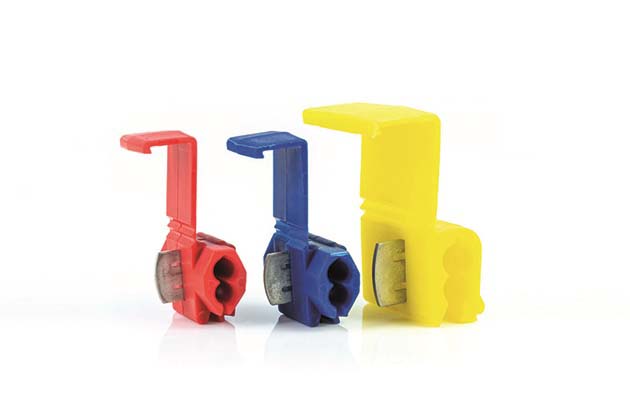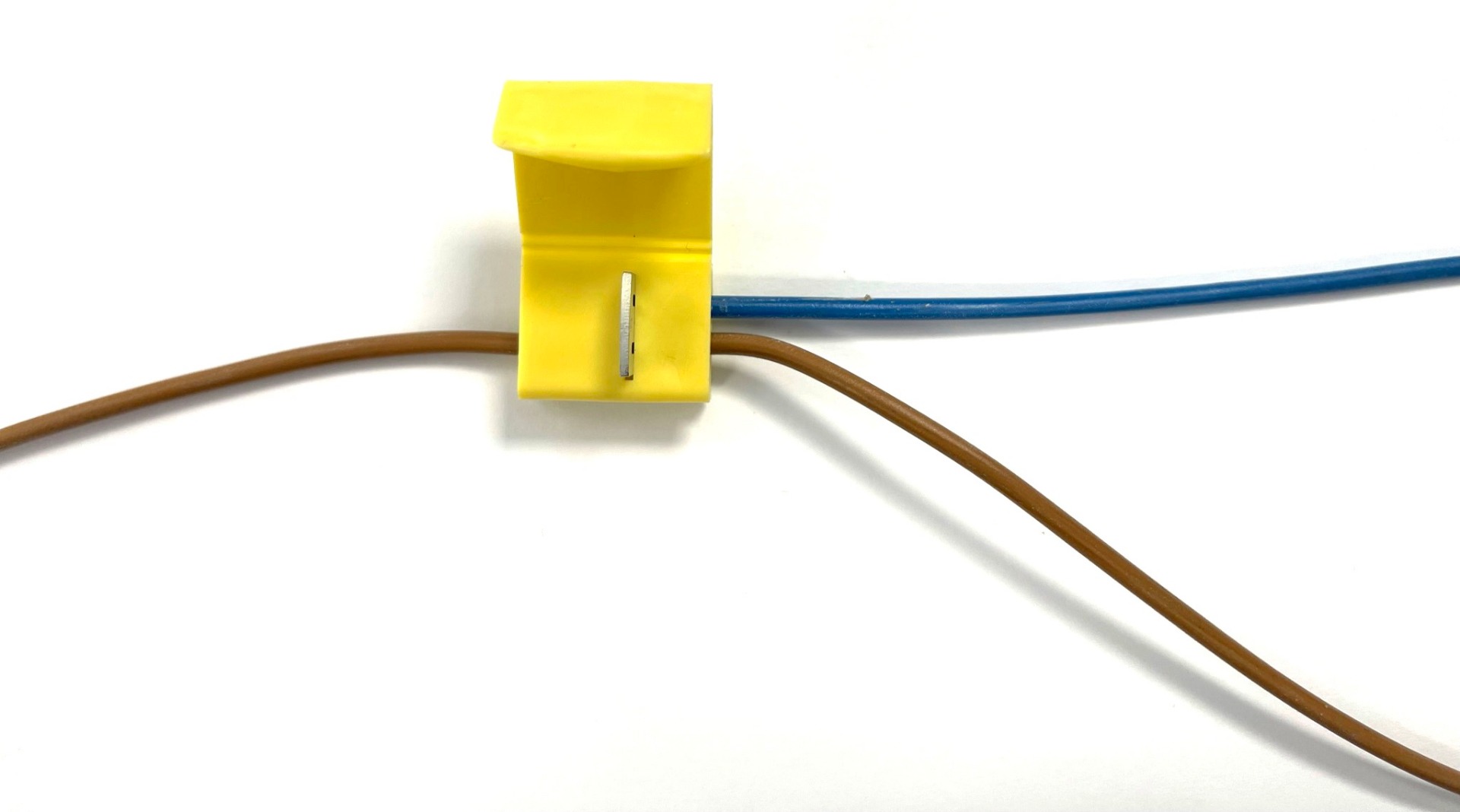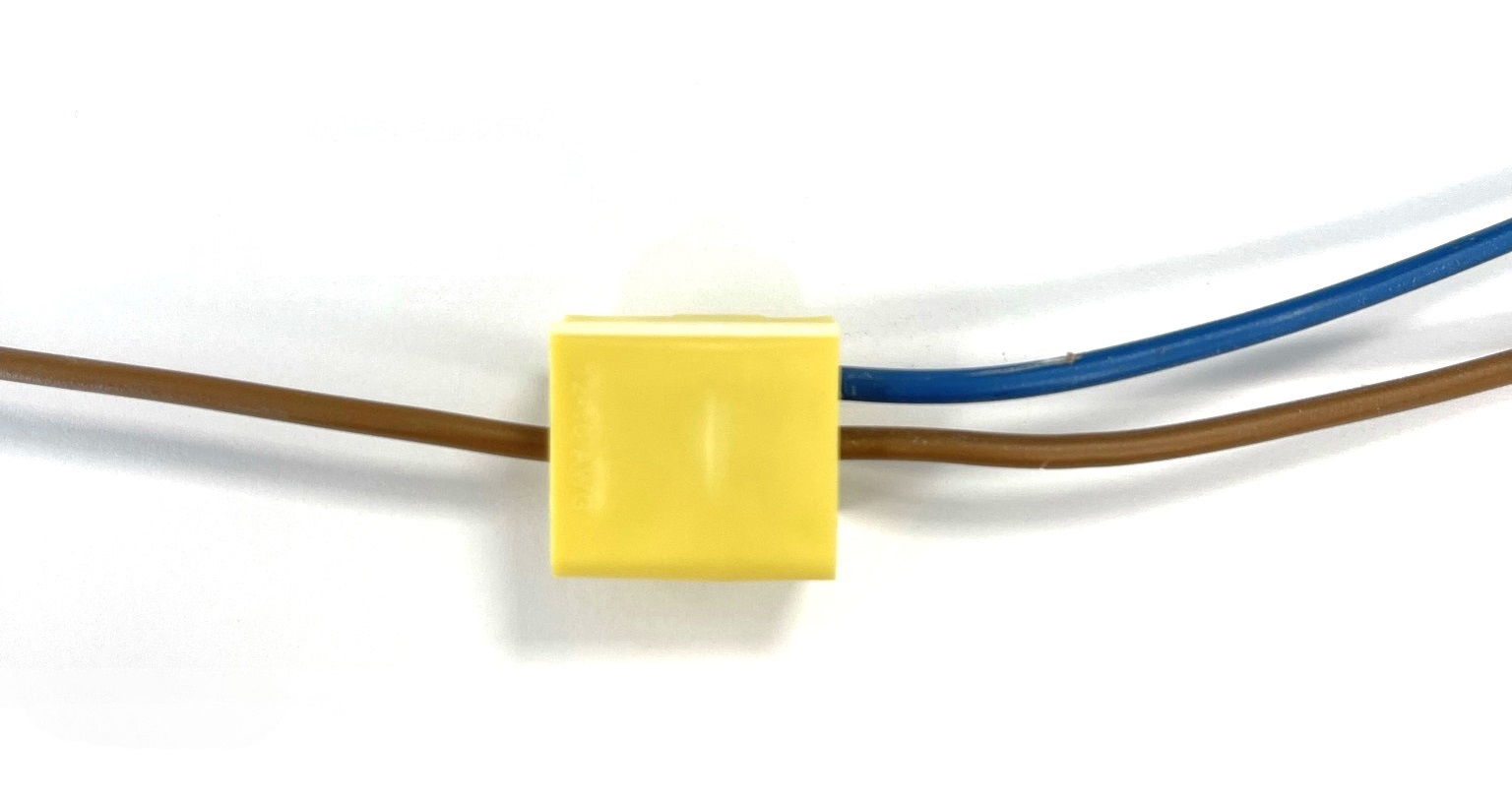Quick Splice Connectors – How, and for what purposes, do you use them?

Posted on 20 September 2021
In addition to our broad range of crimp terminals, we also offer quick splice connectors. This may seem an odd man out, but in the automotive industry for example, this product is often used. In every workplace where a lot of work is done concerning cables, quick splice connectors are used or can be of use. But for which purpose are quick splice connectors used? And how do you use them? Read it in this blog!
Quick splice connectors – how do you use a quick splice connector, and for which purpose?
A quick splice connector is used to create a branch from an existing cable. The advantage of using a quick splice connector is the fact that the cable does not have to be stripped when creating the branch. There is also no soldering required.
You create a branch of an existing cable using a quick splice connector by pushing the cable, from which a branch should be created, into to ‘tube’ in the quick splice connector, through the slit in the side. Then, place the cable that will become the branch into the other tube, until it reaches the end point of the tube and cannot go further. Use pliers to push the metal ‚knife‘ into the quick splice connector (and therefor into the cables), until it is completely pushed into the quick splice connector. The cables are now fixed in the quick splice connector and are connected with each other through the ‚knife‘. Finally, place the lock over the spot where the ‚knife‘ was pushed into the connector, to seal it off.

The brown cable has been pushed into the quick splice connector through the slit in the side of the connector. The blue cable has a cut end, and has been put into the other tube in the connector.

The ‘knife’ has been pushed into the connector using pliers. Thereafter, the lock has been put over the connector.
Quick splice connectors are available in three colors, each of which is suited for cables with a certain diameter:
Red: for cables with a cable core of 0,5 ~ 1,5mm2, AWG 22 ~ 16.
Blue: for cables with a cable core of 1,5 ~ 2,5mm2, AWG 16 ~ 14.
Yellow: for cables with a cable core of 4,0 ~ 6,0mm2, AWG 12 ~ 10.









